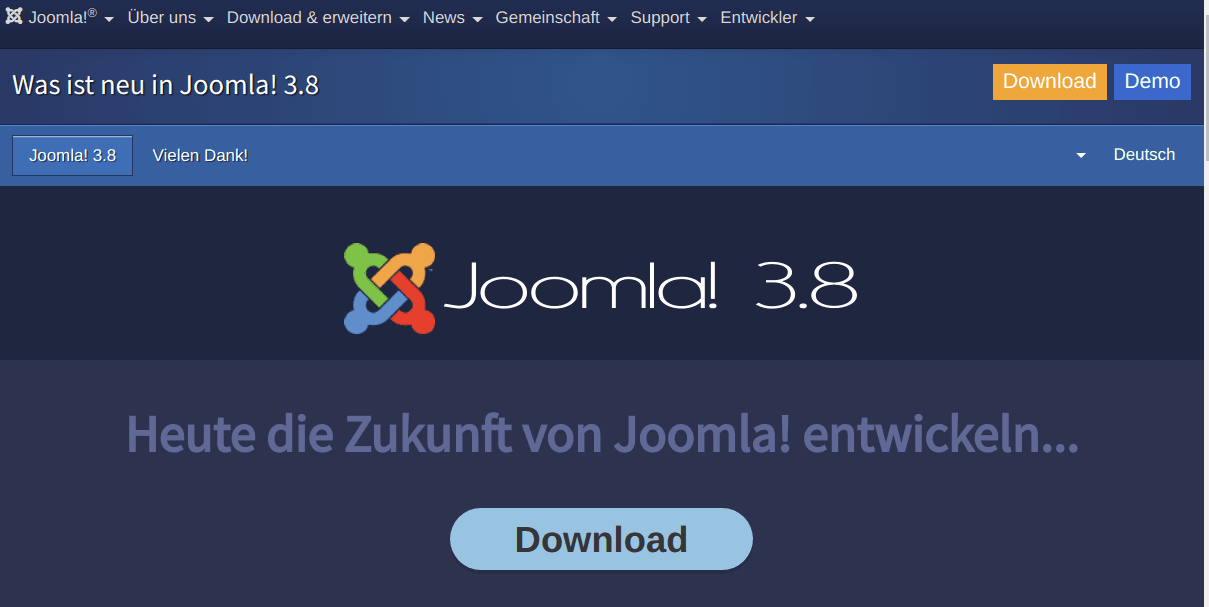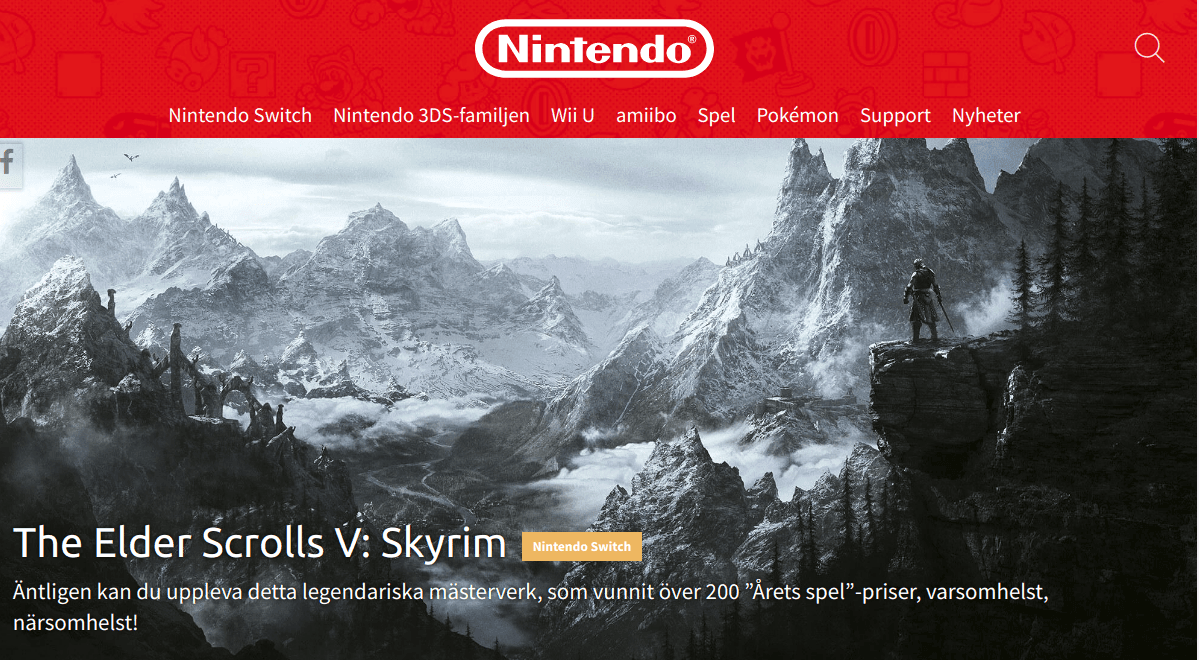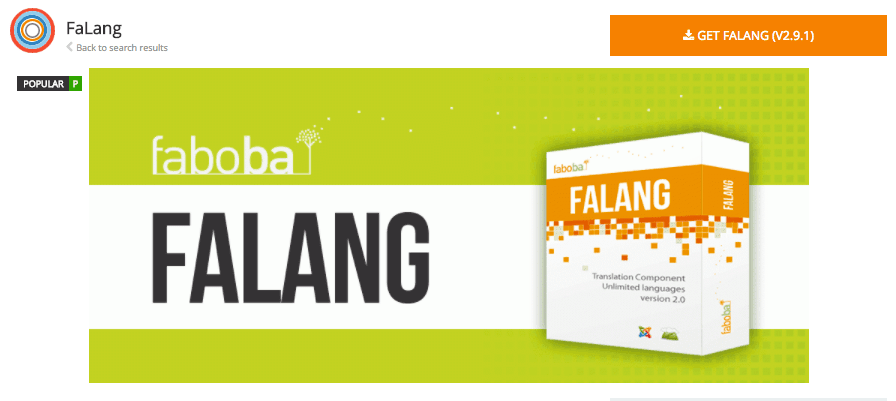In our "Introduction to Joomla Multilingual Sites" you learned what multilingual sites look like, what companies or celebrities use them and their advantages and disadvantages.
In this blog post, you are going to review different approaches to building multilingual sites. There are many different ways to build a multilingual Joomla site, but these are three of the most common:
- Approach #1: Use Joomla's core features
- Approach #2: Use different websites for each language
- Approach #3: Replace Joomla's core features with a third party extension
The choice is not always straightforward. So in this post, you'll take a close look at all three approaches. You then will learn which of the three we recommend.
Approach #1: Use Joomla's core features
You can build multilingual sites using a simple install of Joomla. By default, the Joomla core provides all the translation features you need. If you choose this approach, you'll end up with a single website on a single domain name.
A good example is https://joomla.org/3/. If you change the language, you will change the URL, but you will not move to a different domain name.
For example, the German translation of this page is at https://joomla.org/3/de/, and the Spanish translation is at https://joomla.org/3/es/.

Using the Joomla core features and components to build a multilingual site on a single domain is the approach we recommend. Here are the advantages of this solution:
- Familiarity: You will be using the normal Joomla administrator area. This should reduce the learning curve for your team.
- Cost: Since Joomla is free, you don't have to spend money to buy additional extensions which would provide multilingual features and translations.
Here are the disadvantages of this approach:
- Extensions: This approach may be difficult if you use a lot of extensions. Because not all of those extensions may be translated into all the languages you are using, you may have to translate the extensions yourself.
- Less Flexibility: This method won't work well if you have different requirements or need different features for each language. This approach requires that all your content be translated into each language.
Approach #2: Use different websites for each language
Using different domains for each language can be a valid choice, especially if you have a dedicated team who will be responsible for each website. If you choose this option, you'll end up with a different website for each language.
One example is the Nintendo family of websites in Scandinavia. The Swedish site is at https://nintendo.se, and that's shown in the image below. There's also a Danish version at https://nintendo.dk and a Finnish version at https://www.nintendo.fi.
Notice that the domain name is different for each language. Also, the content is similar but is not identical in each language.

Here are the advantages of this approach:
- Good for Multiple Teams: If your organization is split into regional teams, having separate sites allows them more freedom. Allowing for regional variations could allow your staff to adapt more effectively to local needs.
- More Flexibility: Each website can have different features and different content. You don't have to require that your websites look identical in each language.
Here are the disadvantages of this approach:
- Complexity: Having multiple sites does make some things more difficult to implement. For example, imagine having a community area on your site for people to discuss issues. If you have multiple websites on different domains, you will have multiple community areas. Each community area will need to be configured and maintained, with few possibilities for integration.
- Branding: If you want to keep a consistent look-and-feel across each site, you will still need to impose standards on each site. Without close supervision, each site could quickly end up looking very different from the others.
So, why are we not going to talk more about Approach #2 on our blog? Simply because there's not much to say.
If you want to take this approach, you build several normal Joomla websites. That's it. You don't need a multilingual Joomla site. You just need multiple unilingual Joomla sites.
Approach #3: Replace Joomla's core features with a third party extension
A third approach is to use a third-party extension for your multilingual site. Perhaps the most popular choice is Falang.

Here are the advantages of this approach:
- Flexibility: A non-core extension has more freedom to innovate than the Joomla core. Whereas the Joomla core already has a large base of users and can't change quickly, a non-core developer can design a whole new experience.
- Faster Bug Fixes: It is easier and quicker to fix the bugs in the non-core extension than in the Joomla core. Third-party developers usually react quickly to the bug reports and can push out new releases whenever they find a bug.
Here are the disadvantages of this approach:
- Cost: Usually, non-core extensions provide a limited set of features for free. More advanced features or support for other third-party extensions need to be purchased.
- Learning Curve: Non-core extensions can have an additional learning curve and can often do things in a completely different way than the Joomla core.
- Reliance on the Developer: You are relying on a single developer or a small team. The Joomla core is maintained by a large group of developers, and there is very little chance that progress will stop. However, it's not uncommon for non-core developers to go out of business.
Conclusion
In this blog post, you've seen that there are several different approaches to building multilingual Joomla sites. We're going to a focus on Approach #1 on this blog.
In one of the future posts, we are going to show you how to build a multilingual website using a single domain and only the core Joomla features and components. Are you ready?
Additional Reading
- Introduction to Joomla Multilingual Sites
- What are Multilingual Associations in Joomla?
- Multilingual Joomla sitemaps with OSMap
What's Next?
Do you want to learn more about Multilingual Joomla? Join the Joomlashack Everything Club and instantly download the "Multilingual Joomla Explained" book by Igor Muhaljko and Steve Burge.


